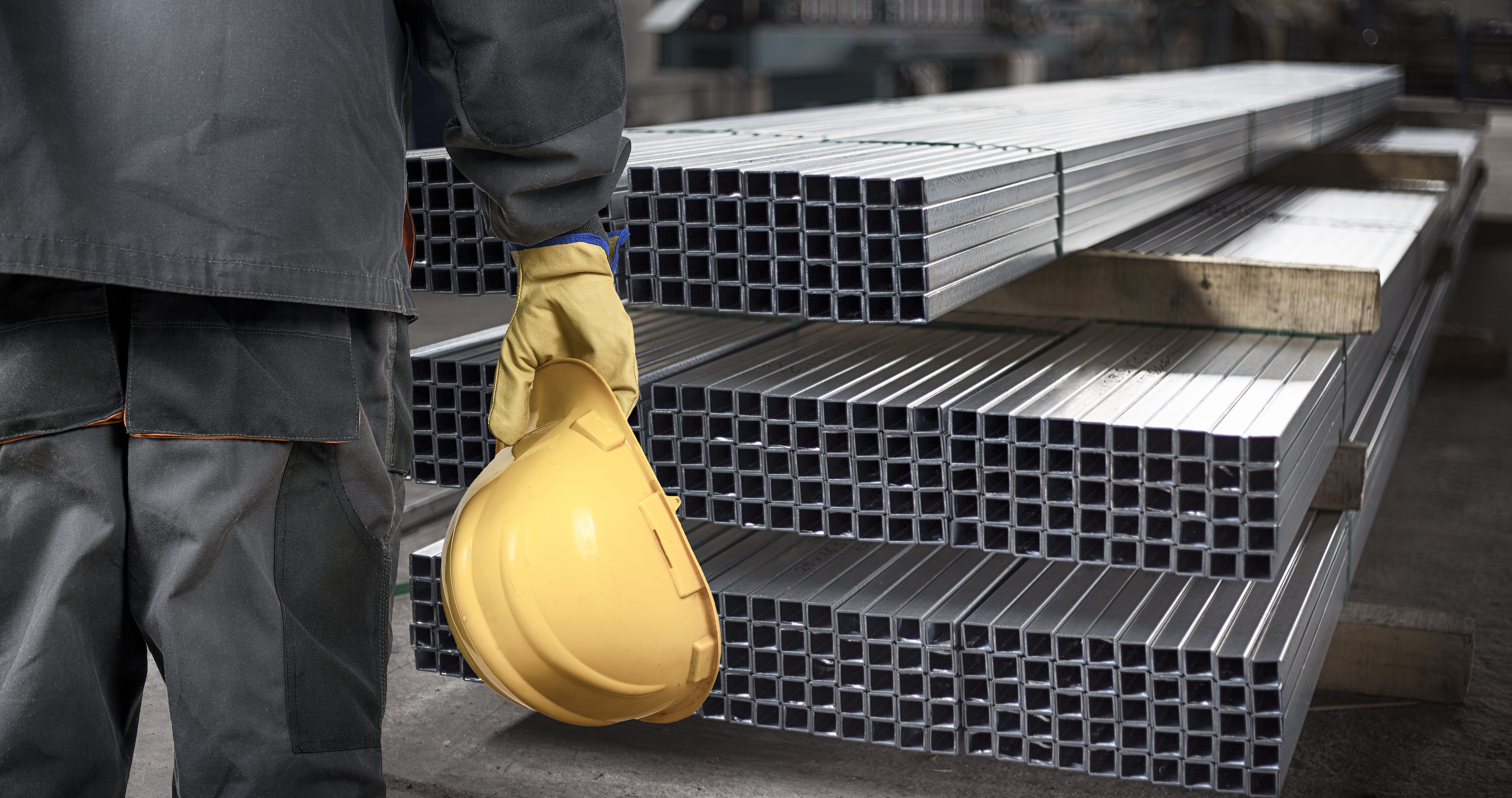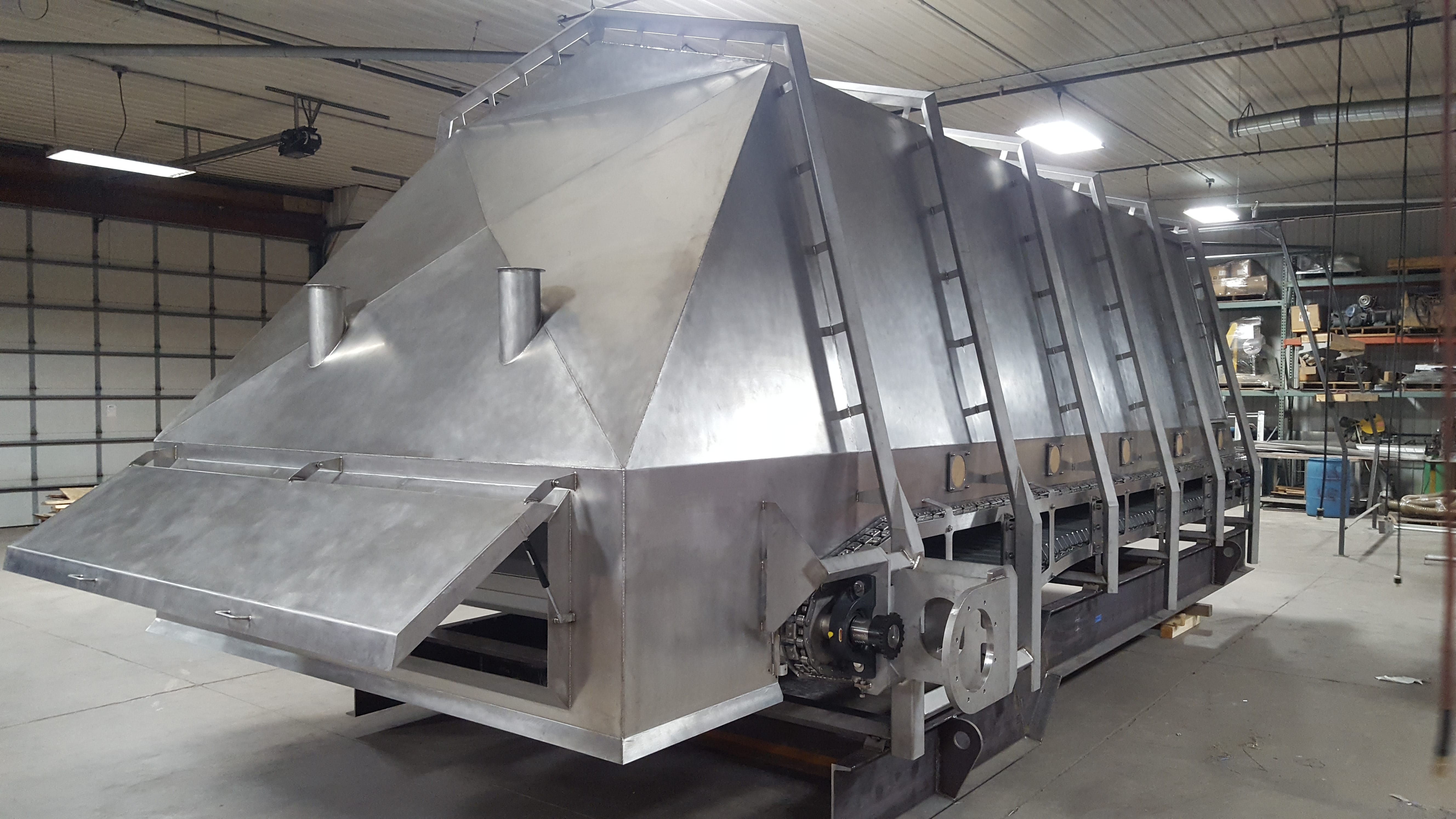Why Alpha Reo Is the Top Option for Steel Support
Why Alpha Reo Is the Top Option for Steel Support
Blog Article
Ingenious Trends in Steel Manufacture: Enhancing Sturdiness and Precision
In the realm of steel fabrication, the pursuit of durability and precision has caused a wave of innovative patterns that are reshaping the sector. From developments in welding modern technologies to the combination of robot automation in fabrication procedures, the landscape of steel production is progressing quickly. High-strength alloy growth, combined with the usage of 3D modeling and simulation software application, is pushing the borders of what is achievable in terms of structural stability and precision. The growing emphasis on sustainable methods in steel production is not only driving effectiveness yet likewise cultivating an extra eco conscious approach to construction. These trends are not simply forming the present but additionally preparing for the future of steel manufacture, assuring more enhancements in longevity and precision.
Advanced Welding Technologies
In the world of steel manufacture, the fostering of advanced welding modern technologies has substantially changed the sector's method to accomplishing exceptional quality and precision in architectural welds. Advanced welding innovations, such as laser beam of light welding and rubbing mix welding, have actually become game-changers in the field. Laser beam welding uses a focused laser light beam to join steel parts with exceptional precision and rate, making it suitable for slim products and detailed designs. On the various other hand, friction stir welding produces unbelievably strong bonds by mechanically intermixing the particles of the materials at the joint, removing the demand for melting the metal. These technologies provide various benefits, including lowered heat-affected zones, minimal distortion, and enhanced mechanical residential or commercial properties in the bonded joints. By leveraging these advanced welding techniques, steel makers can elevate the resilience, strength, and precision of their architectural welds, satisfying the increasingly requiring needs of modern building jobs.
Robot Automation in Manufacture
Accepting robotic automation has actually ended up being a keystone of contemporary steel fabrication techniques, boosting and simplifying procedures effectiveness across the sector. Robots are changing the way steel parts are manufactured, offering unparalleled accuracy and speed while reducing human mistake. These automated systems can deal with repeated jobs with consistent accuracy, leading to better final result.
One trick benefit of robot automation in steel fabrication is the capability to work around the clock without fatigue, considerably enhancing production output. This continuous procedure lessens downtime and speeds up task timelines, eventually conserving costs for suppliers. Additionally, robotics can be programmed to carry out intricate tasks that might be harmful or difficult for human employees, boosting safety in the work environment.
In addition, robotic automation makes it possible for seamless assimilation with various other digital modern technologies, such as computer-aided design (CAD) software program and Net of Things (IoT) systems (steel fabricators melbourne). This interconnected approach improves communication between various phases of fabrication, maximizing operations and ensuring real-time surveillance and control. As the steel manufacture industry remains to evolve, robot automation stands apart as a transformative pressure driving performance and accuracy in manufacturing processes

High-Strength Alloy Development
The advancement of high-strength alloy development in steel construction is reshaping the market's strategy to enhancing product resilience and performance. High-strength alloys are engineered to show exceptional mechanical properties, such as boosted tensile stamina, durability, and rust resistance contrasted to conventional steel qualities. By incorporating these innovative alloys into construction procedures, suppliers can produce elements that stand up to greater anxiety levels and rough settings, causing even more dependable and durable output.
One key benefit of high-strength alloy development is the capability to lower product density without endangering structural honesty. This not only leads to lighter-weight elements but also adds to cost savings and boosted efficiency in fabrication and assembly procedures. The improved strength-to-weight proportion of these alloys enables for the design and construction of frameworks with greater load-bearing abilities while lessening overall weight.
3D Modeling and Simulation Software Application
Developments in steel manufacture processes have been considerably moved by the combination of cutting-edge 3D modeling and simulation software devices. These devices permit makers to develop comprehensive virtual versions of their projects, allowing them to visualize the last item with accuracy before any kind of physical work begins.

Sustainable Practices in Steel Production
Incorporating lasting practices into steel manufacturing processes is important for lessening environmental effect and guaranteeing lasting source schedule. One vital lasting method is the adoption of energy-efficient technologies to minimize greenhouse gas emissions throughout the steel production procedure. This includes making use of renewable energy sources, such as solar or wind power, to power steel plants and carrying out energy-efficient devices to maximize energy use.
Another essential element of lasting steel manufacturing is the liable sourcing of resources. This entails making certain that the iron ore and various other resources utilized in steelmaking are acquired from ethical and eco pleasant resources. By advertising openness in the supply chain and adhering to rigorous environmental criteria, steel makers can decrease the unfavorable effects of resource removal on regional ecological communities and neighborhoods.

Verdict
In verdict, the innovative patterns in steel manufacture such as innovative welding innovations, robot automation, high-strength alloy development, 3D modeling and simulation software program, and lasting techniques are enhancing the sturdiness and accuracy of steel items. These improvements are reinventing the steel construction market by boosting performance, sustainability, and high quality. It is clear that the future of steel fabrication lies in accepting these advanced innovations to meet the demands of modern building and construction and manufacturing industries.
In the world of steel construction, the search of resilience and accuracy has led to a wave of cutting-edge patterns that are improving the industry.In the realm of steel fabrication, the adoption of sophisticated welding modern technologies has significantly revolutionized the sector's method to accomplishing premium high quality and accuracy in architectural welds. As the steel fabrication sector continues to evolve, robotic automation stands out as a transformative pressure driving effectiveness and accuracy in manufacturing processes.
Furthermore, reusing and recycling steel scrap and waste products play a substantial metal fabrication melbourne duty in boosting the sustainability of steel manufacturing. steel fixing.In final thought, the ingenious fads in steel construction such as innovative welding technologies, robot automation, high-strength alloy advancement, 3D modeling and simulation software, and sustainable methods are enhancing the longevity and accuracy of steel products
Report this page